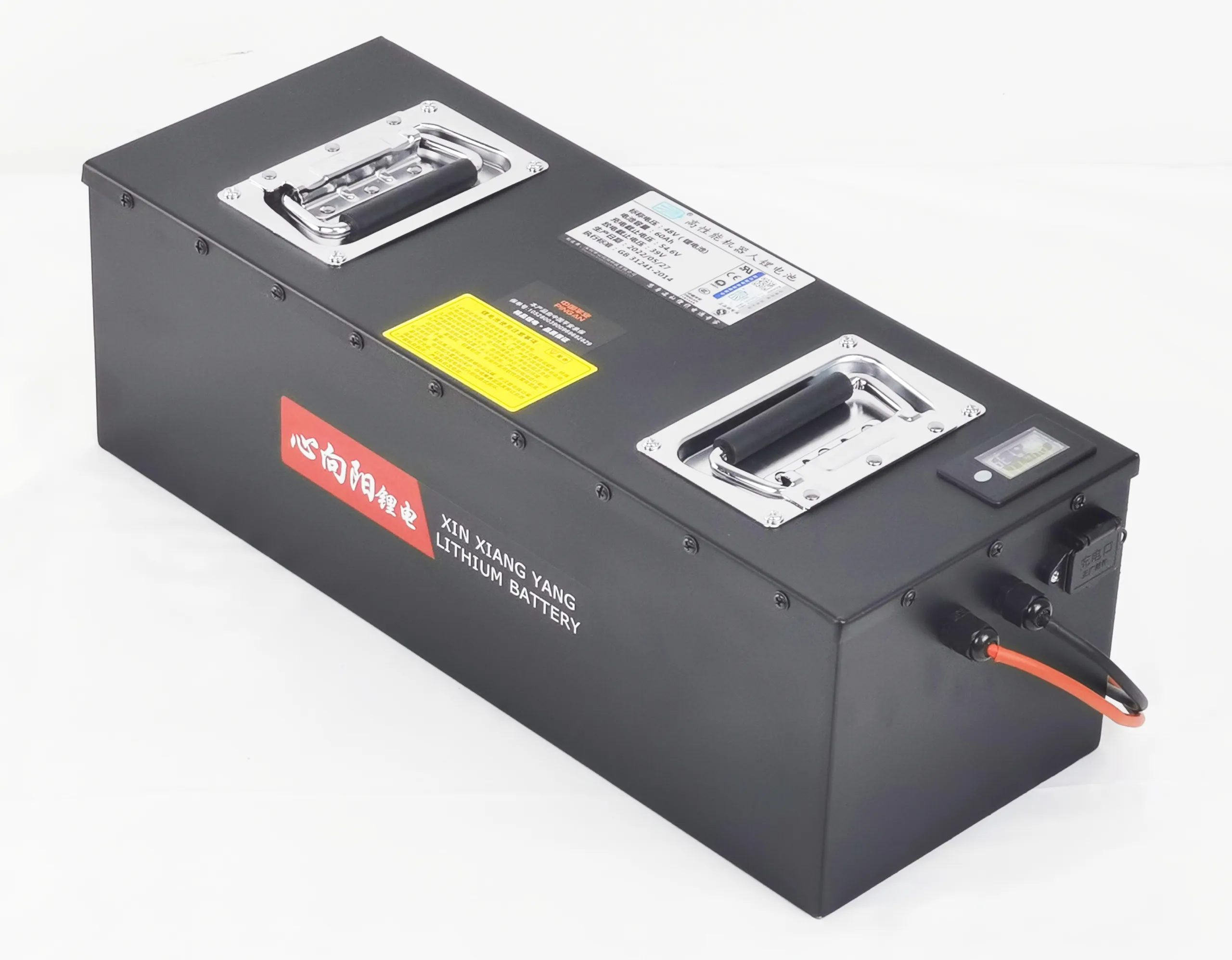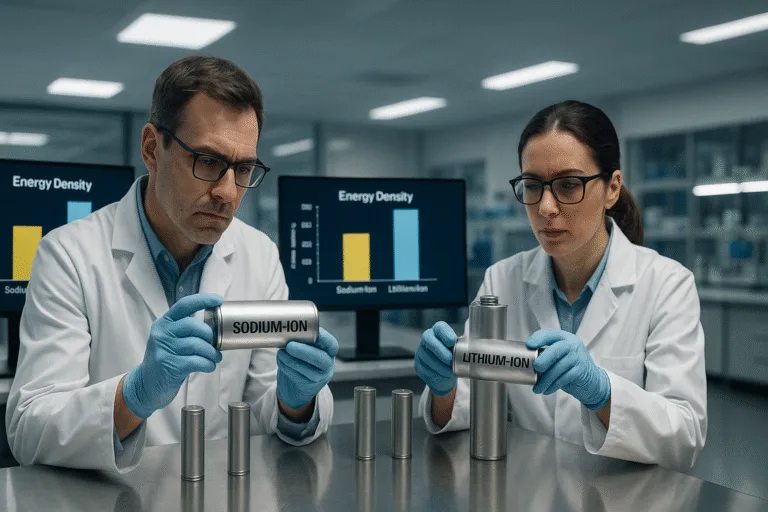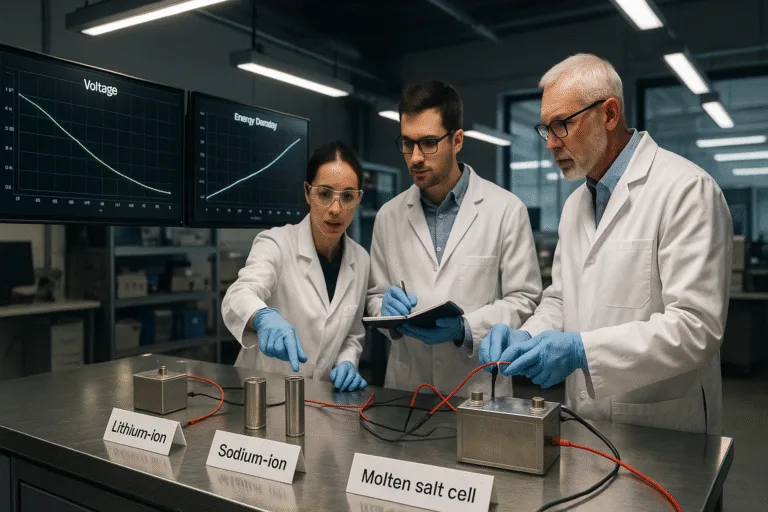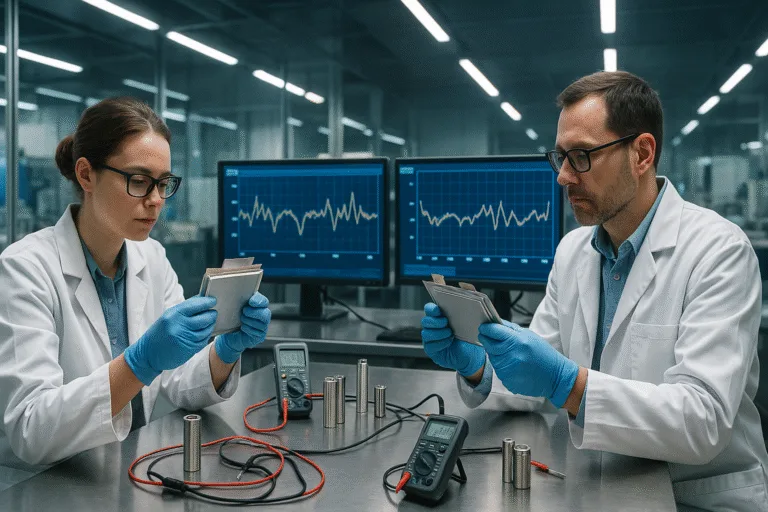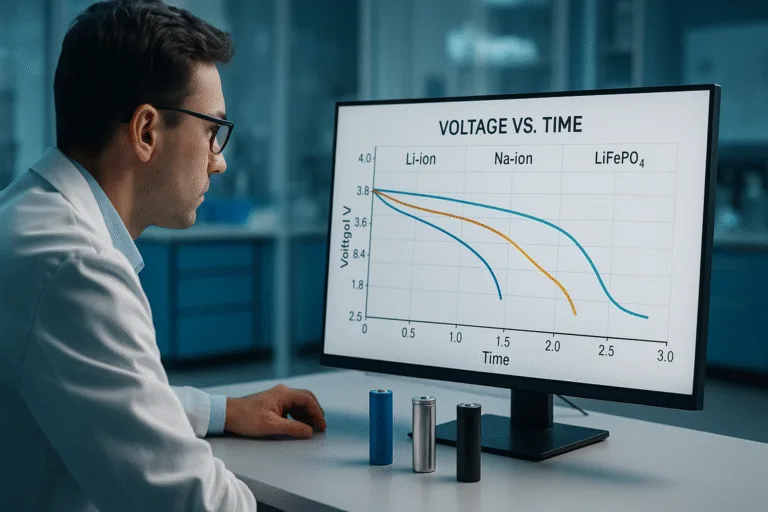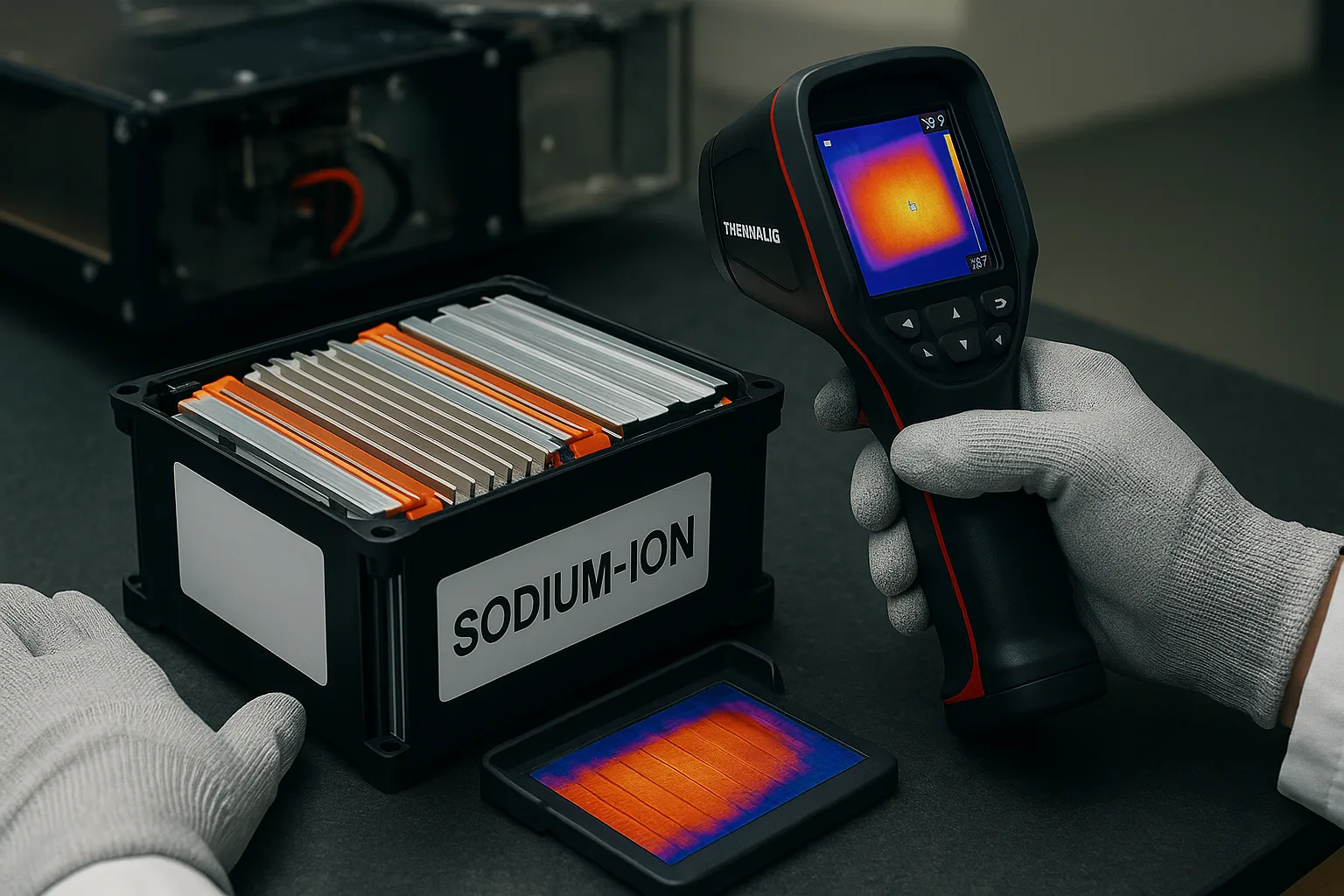
Are you considering sodium-ion batteries but unsure about their temperature limits? Battery safety and performance greatly depend on operating temperatures.
The safe operating temperature range for sodium-ion batteries typically lies between -20°C and 60°C (-4°F to 140°F). Ideal operational conditions are usually around 10°C to 35°C (50°F to 95°F) for optimal longevity and performance.
In my experience, understanding battery temperature management ensures reliability—let’s take a closer look.
How Do Sodium-Ion Batteries Perform in Cold Weather?
Wondering if sodium-ion batteries can handle cold climates effectively?
Sodium-ion batteries1 generally perform reasonably well in cold weather, maintaining functionality down to around -20°C (-4°F). However, at temperatures below 0°C (32°F), their capacity and charge rate typically decrease.
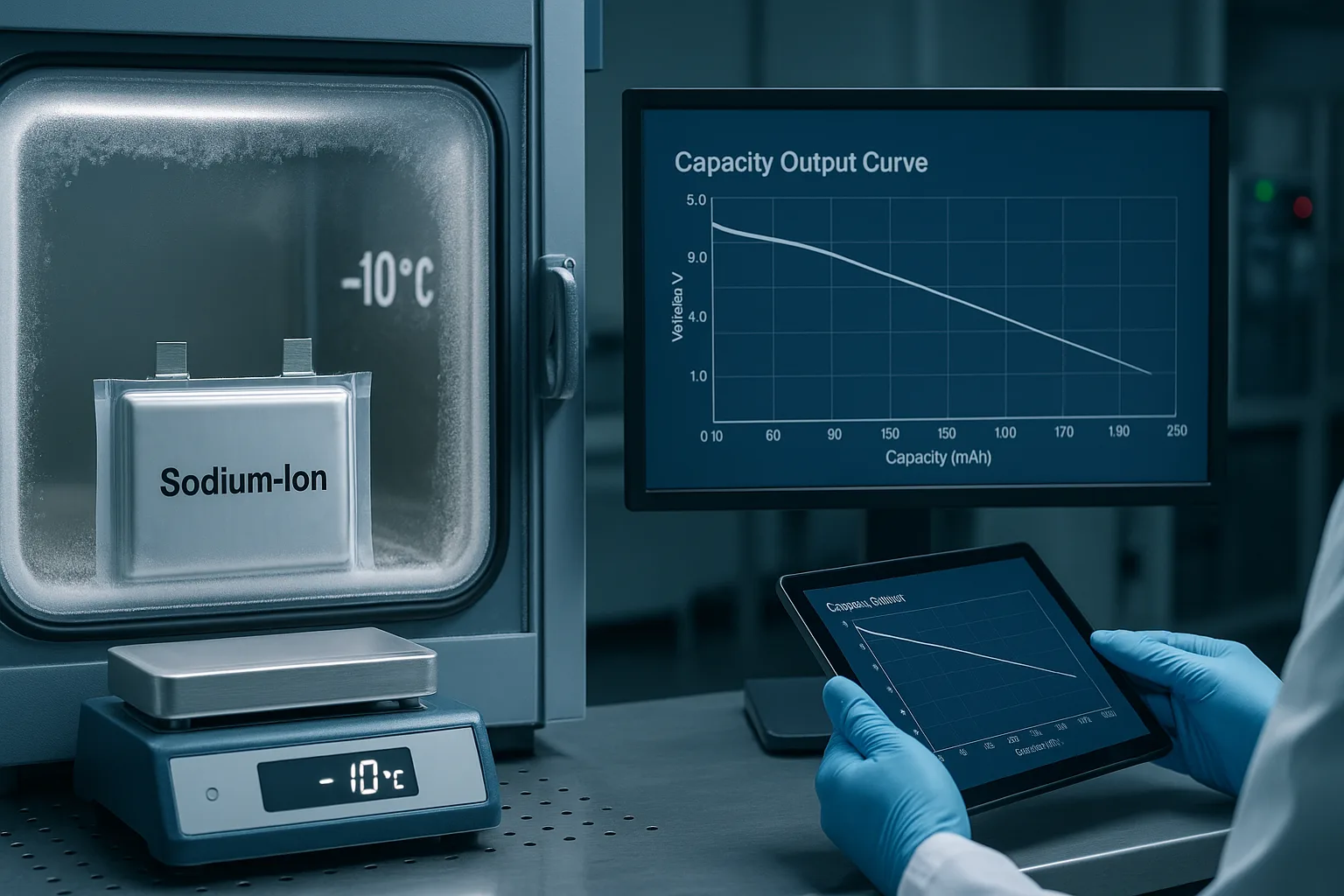
Cold Weather Performance
Cold temperatures impact sodium-ion batteries similarly to other battery types, but to a lesser extent than lithium-ion:
| Temperature | Performance Impact |
|---|---|
| 0°C to -10°C | ~10–20% capacity reduction |
| Below -10°C | Significant performance reduction |
| Below -20°C | Operation possible but greatly limited |
Proper insulation or mild heating systems help maintain better performance in extremely cold environments.
Can Sodium-Ion Batteries Handle Thermal Runaway Issues?
Concerned about thermal runaway risks2 in batteries?
Sodium-ion batteries have significantly lower thermal runaway risks compared to lithium-ion batteries. Their chemical structure and stable electrolyte3 make them resistant to overheating and rapid temperature escalation.
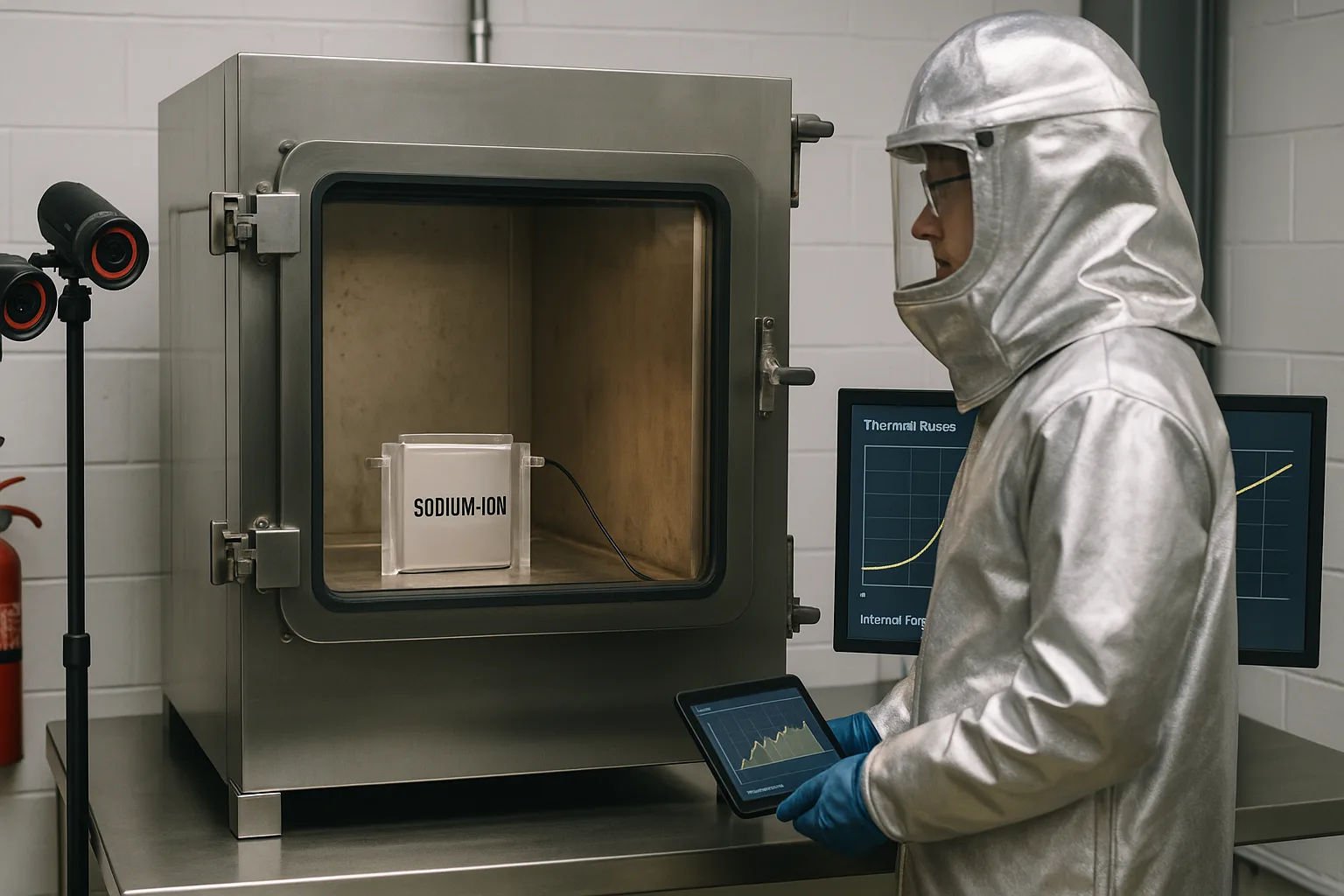
Thermal Stability Explained
Thermal runaway refers to rapid overheating causing battery fires or explosions. Here’s how sodium-ion batteries avoid this:
- Stable chemistry: Sodium-ion materials have higher decomposition temperatures.
- Non-flammable electrolytes: Many sodium-ion battery designs use safer electrolyte formulations.
| Thermal Runaway Risk Factor | Sodium-Ion Battery Advantage |
|---|---|
| Overcharge Tolerance | Higher stability |
| Heat Generation | Lower than lithium-ion |
| Fire Risk | Significantly reduced |
This makes sodium-ion an attractive alternative for applications requiring high safety standards.
At What Voltage Do Sodium-Ion Batteries Typically Operate?
Understanding the operating voltage is essential for designing systems with sodium-ion batteries.
Typical operating voltage4s for sodium-ion batteries range from about 2.5 to 4.0 volts per cell. Most sodium-ion battery systems are designed around a nominal voltage near 3.0 volts per cell.
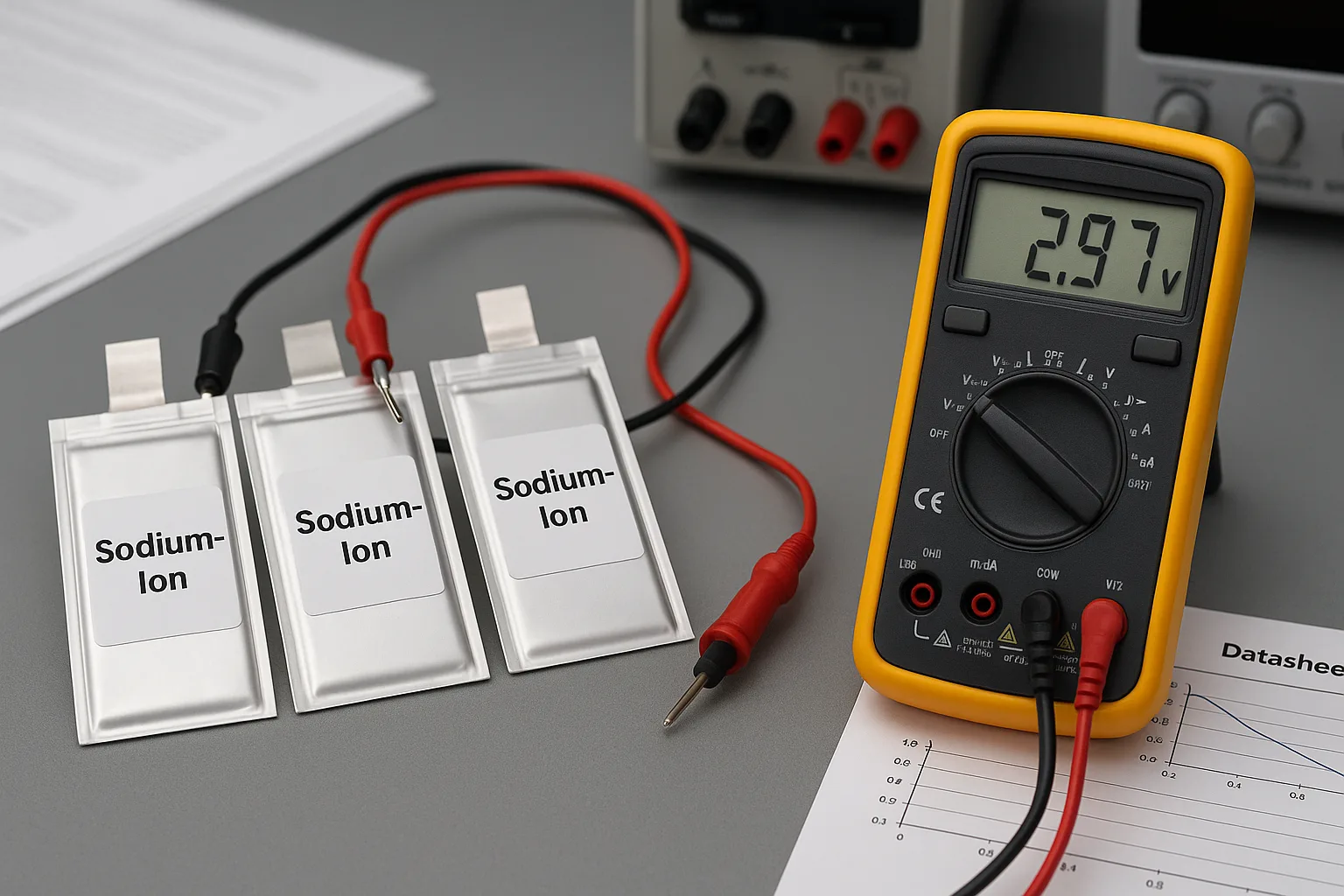
Voltage Characteristics
Here’s a straightforward comparison of typical sodium-ion battery voltages versus lithium-ion:
| Battery Chemistry | Nominal Cell Voltage |
|---|---|
| Sodium-Ion | ~3.0 volts |
| Lithium-Ion (NMC) | ~3.7 volts |
| LiFePO₄ | ~3.2 volts |
While lower in voltage than traditional lithium-ion, sodium-ion batteries still offer practical voltage levels for many applications.
How Do Sodium-Ion Batteries Manage Heat During Discharge?
Wondering how sodium-ion batteries handle heat generated during use?
Sodium-ion batteries generate less heat during discharge compared to lithium-ion batteries due to their inherently stable chemistry. Effective battery designs still incorporate passive or active cooling methods to maintain optimal operating temperatures.

Heat Management Techniques
Here’s how sodium-ion batteries manage heat effectively:
- Lower Internal Resistance: Less heat generated during discharge cycles.
- Passive Cooling: Natural air convection, heat sinks, or cooling fins.
- Active Cooling: For high-power systems, fans or liquid cooling might be employed.
| Heat Management Approach | Typical Application |
|---|---|
| Passive Cooling | Small-medium stationary storage |
| Active Cooling | High-performance or large-scale storage |
Proper heat management enhances battery longevity and performance consistency.
Conclusion
Sodium-ion batteries offer robust performance across a wide temperature range, with significantly lower thermal runaway risks compared to lithium-ion systems. Proper understanding of their thermal and voltage characteristics helps maximize safety and efficiency.
-
Explore the benefits of sodium-ion batteries, especially in cold climates, to understand their unique performance characteristics. ↩
-
Discover the safety advantages of sodium-ion batteries over lithium-ion, particularly regarding thermal runaway risks. ↩
-
Understand how stable electrolytes contribute to battery safety and performance, especially in sodium-ion technology. ↩
-
Get insights into the operating voltage of sodium-ion batteries to better design and implement energy systems. ↩

